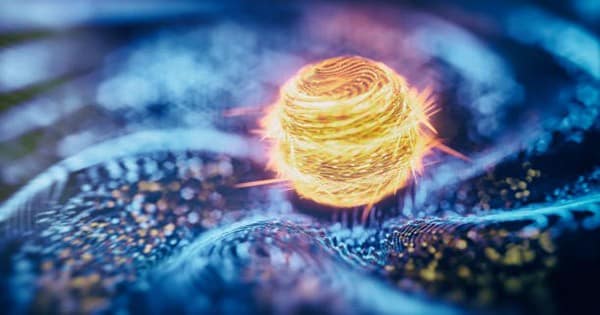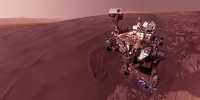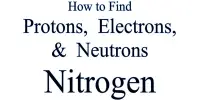A recent study revealed major progress in the on-chip integration of single-photon sources at ambient temperature. This achievement is a big step forward in quantum photonics and has potential for a variety of applications, including quantum computing, cryptography, and sensing.
The fundamental innovation is the use of a hybrid metal-dielectric bullseye antenna, which provides excellent photon directionality. This unique antenna design enables efficient back-excitation of photons by positioning the emitter into a subwavelength hole in the antenna’s center. This design allows for both direct back-excitation and highly efficient front coupling of emission to low numerical aperture optics or optical fibers.

The study proves the concept’s adaptability by manufacturing devices containing either colloidal quantum dots or nanodiamonds with silicon-vacancy centers, both of which are effective single photon emitters at ambient temperature. These emitters were precisely positioned utilizing two different nanopositioning technologies.
Interestingly, both types of back-excited devices achieved front collection efficiencies of around 70% at numerical apertures as low as 0.5. This means that even with very simple and compact optical elements, the majority of photons can be collected into the necessary channel or accurately sent into a nearby optical fiber without the need for extra coupling optics.
This is a critical component for integrating quantum light sources into genuine quantum systems. This streamlined technique is expected to simplify future integration efforts and hasten the development of viable quantum photonic devices.
The paper “Room-Temperature Fiber-Coupled Single-Photon Sources Based on Colloidal Quantum Dots and SiV Centers in Back-Excited Nanoantennas” has been published in Nano Letters.
During his Ph.D. study, Boaz Lubotzky led the project in partnership with Prof. Ronen Rapaport from the Racah Institute of Physics at The Hebrew University of Jerusalem, as well as teams from Los Alamos National Laboratory and Ulm University in Germany.
According to Lubotzky, “By overcoming key challenges associated with on-chip integration of single-photon sources, we have opened up exciting new possibilities for the development of advanced quantum technologies.”
The successful integration of single-photon sources onto tiny chips at room temperature, made possible by the novel use of a hybrid metal-dielectric bullseye antenna, has immediate applications in quantum cryptography for secure communication, sensing technologies, and streamlining the integration process for practical quantum photonic devices.
The study’s findings pave the way for commercial applications and the creation of new goods in the emerging field of quantum technology.














